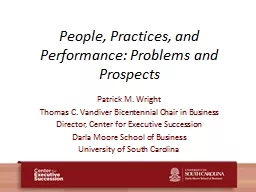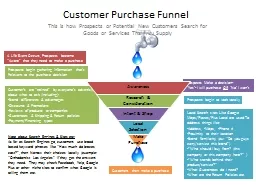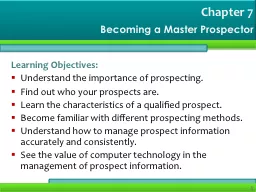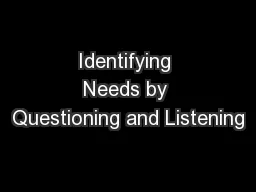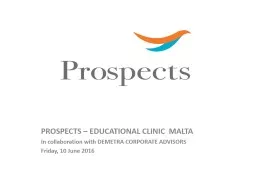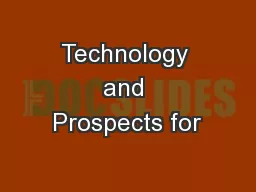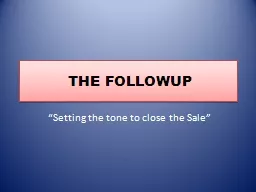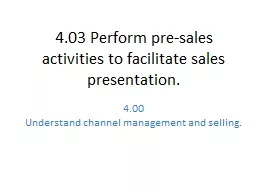PPT-People, Practices, and Performance: Problems and Prospects
Author : min-jolicoeur | Published Date : 2017-05-28
Patrick M Wright Thomas C Vandiver Bicentennial Chair in Business Director Center for Executive Succession Darla Moore School of Business University of South Carolina
Presentation Embed Code
Download Presentation
Download Presentation The PPT/PDF document "People, Practices, and Performance: Prob..." is the property of its rightful owner. Permission is granted to download and print the materials on this website for personal, non-commercial use only, and to display it on your personal computer provided you do not modify the materials and that you retain all copyright notices contained in the materials. By downloading content from our website, you accept the terms of this agreement.
People, Practices, and Performance: Problems and Prospects: Transcript
Download Rules Of Document
"People, Practices, and Performance: Problems and Prospects"The content belongs to its owner. You may download and print it for personal use, without modification, and keep all copyright notices. By downloading, you agree to these terms.
Related Documents

